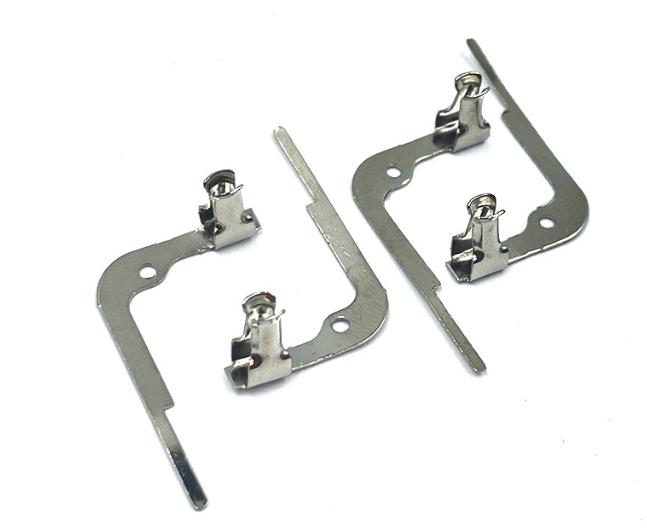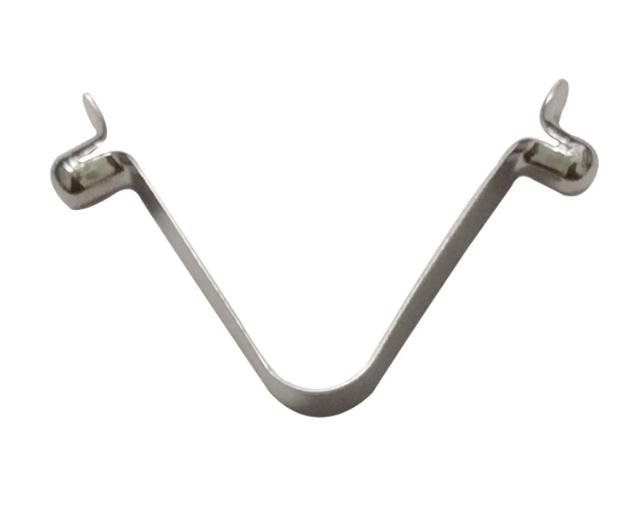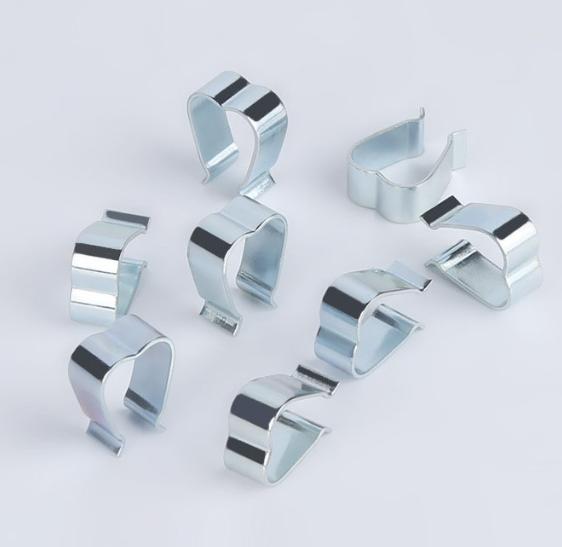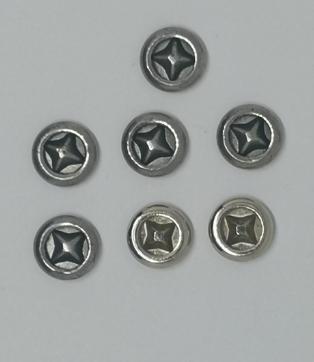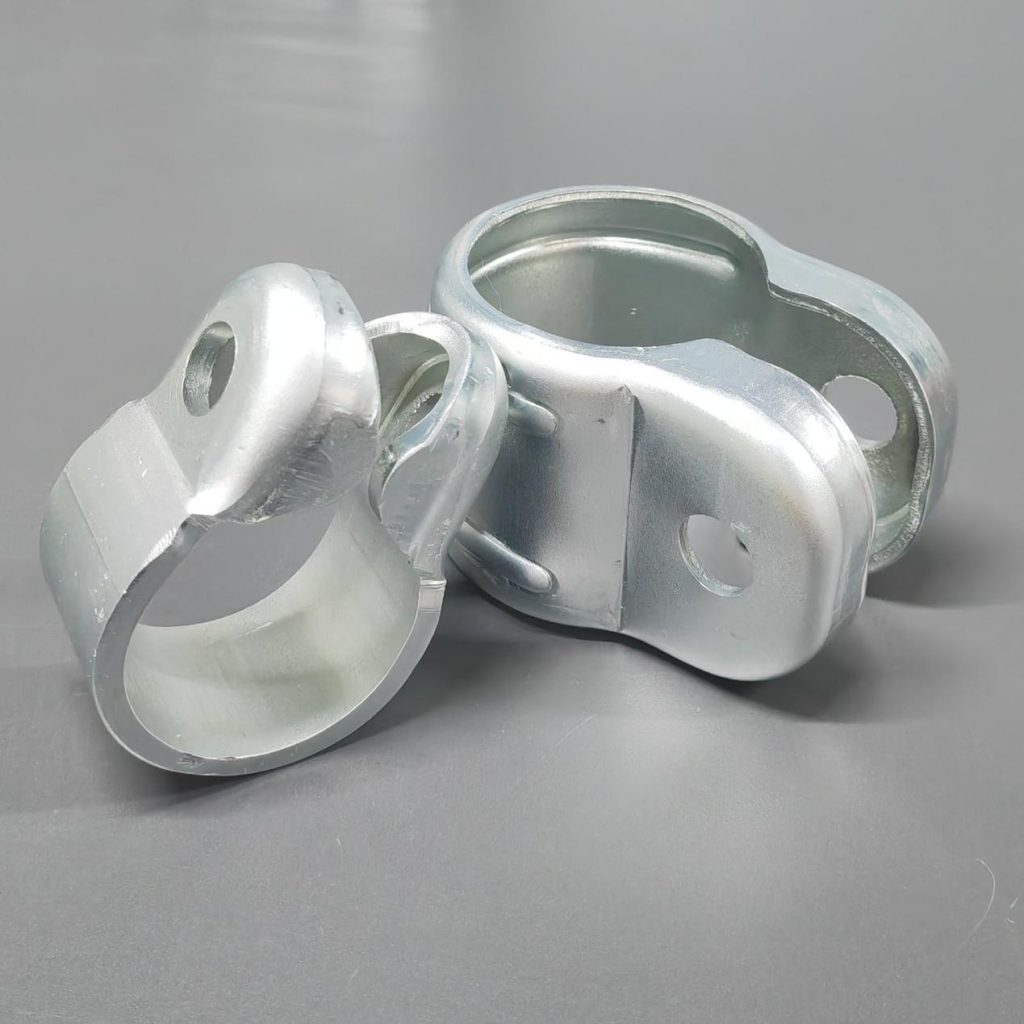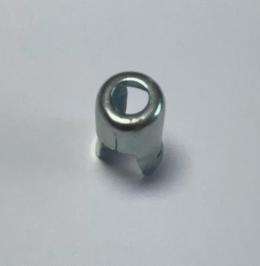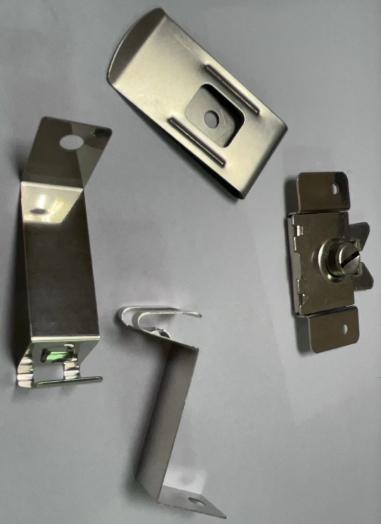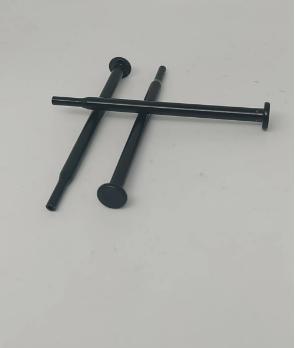Avoiding Unnecessary Cost Waste in Aluminum Stamping Parts Processing: A Practical Guide
Aluminum stamping parts play a vital role in various industries, from automotive and aerospace to electronics and consumer goods. However, the process can also generate significant costs, making it crucial to implement efficient strategies for minimizing waste and maximizing profitability. This article delves into how manufacturers can optimize their aluminum stamping parts processes to achieve substantial cost savings.
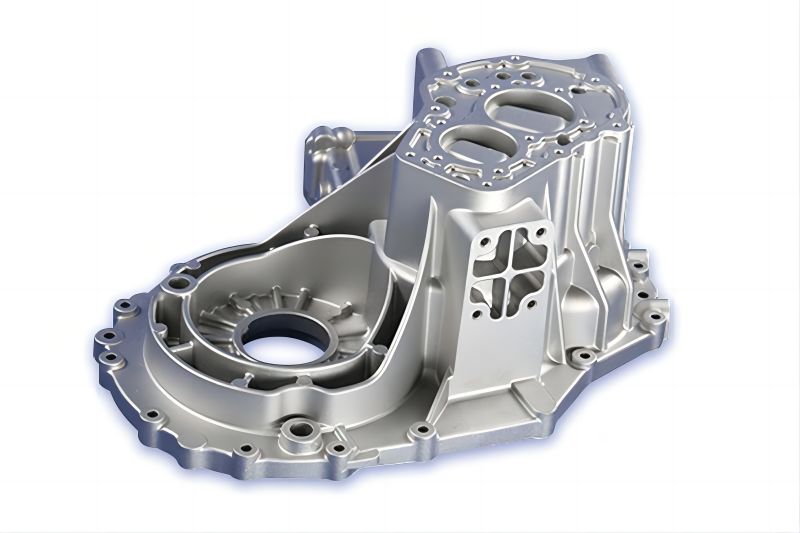
Material Optimization: Reducing Consumption and Exploring Alternatives
One of the most effective ways to minimize cost waste is by optimizing material usage. This can be achieved through various approaches:
- Part Design Optimization: Simplifying part geometry, utilizing nesting techniques, and reducing part thickness can significantly decrease material consumption while maintaining functionality.
- Exploration of Alternative Materials: Investigating lower-cost aluminum alloys or even non-aluminum options like steel or plastic can be beneficial depending on the specific application.
- Scrap Reduction Techniques: Implementing methods like scrap sorting, shredding, and baling allows for the reintroduction of scrap into the production cycle or its sale to secondary processors.
Process Optimization: Precision, Control, and Efficiency
Precision metal stamping techniques offer substantial benefits for reducing waste and optimizing costs. Utilizing high-precision tooling and maintaining tight tolerances ensure consistent part quality, minimizing rejects and rework. Additionally, employing advanced stamping methods, such as progressive stamping or multi-stage tooling, can significantly improve production efficiency and reduce material waste.
Optimizing die design and maintenance plays a crucial role in cost control. Ensuring proper die design for efficient material utilization, implementing preventative maintenance schedules for dies to minimize downtime and wear, and utilizing wear-resistant die materials can significantly extend die life and reduce overall costs. Furthermore, optimizing machine settings and operation by implementing energy-saving technologies, minimizing machine downtime and setup times, and utilizing automation for repetitive tasks can further enhance process efficiency and cost savings.
Quality Control and Waste Reduction: Preventing Defects and Maximizing Resource Utilization
Implementing effective quality control measures throughout the aluminum stamping process is essential for minimizing waste and ensuring product quality. Utilizing inspection techniques like visual inspection, automated optical inspection, and dimensional measurement at key stages of the process allows for early identification of defects. Implementing statistical process control (SPC) techniques helps identify and address process variations before they lead to defects and waste. Continuous improvement and process optimization based on data analysis can significantly enhance overall process efficiency and reduce waste.
Minimizing scrap generation further contributes to cost control. Implementing scrap reduction strategies like controlling scrap size and quality, exploring recycling and reuse options for high-quality scrap, and utilizing waste-to-energy solutions for non-recyclable scrap can significantly minimize waste disposal costs and environmental impact. Additionally, minimizing rework and reprocessing through root cause analysis of defects, effective operator training and skill development programs, and utilizing advanced defect detection technologies can further improve overall process efficiency and reduce waste.
Supply Chain Management: Collaboration, Lean Practices, and Inventory Optimization
Collaborating closely with suppliers can unlock substantial cost-saving opportunities. Negotiating favorable material prices through early procurement planning and exploring long-term supply agreements can ensure stable material costs. Additionally, optimizing delivery schedules and logistics to minimize transportation costs and implementing just-in-time (JIT) inventory management to reduce storage costs and improve production flexibility can significantly contribute to overall cost optimization.
Adopting lean manufacturing principles can further enhance cost control and waste reduction. Minimizing inventory levels throughout the supply chain, optimizing production flow to eliminate bottlenecks and idle time, and eliminating waste in all aspects of the process, from material handling to packaging, can significantly improve overall efficiency and cost-effectiveness.
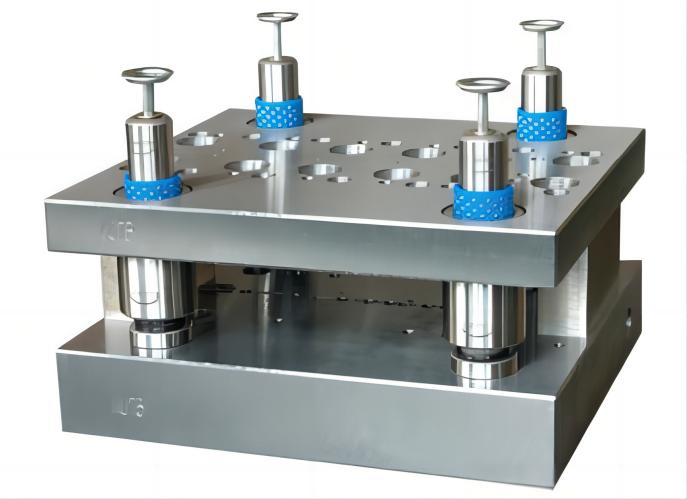
Future Trends and Technologies
The future of aluminum stamping holds the promise of further advancements in technology and process optimization. The integration of Industry 4.0 concepts, including artificial intelligence, machine learning, and advanced data analytics, can enable real-time process monitoring, predictive maintenance, and self-adjusting production systems, leading to further reductions in waste and cost optimization. Additionally, the development of new material alloys and innovative stamping techniques will continue to push the boundaries of what is possible in aluminum stamping, allowing for the production of even more complex and efficient parts.
Conclusion
Minimizing cost waste in aluminum stamping parts require a multi-pronged approach encompassing material optimization, process optimization, quality control and waste reduction, and effective supply chain management. By implementing these strategies and continuously seeking opportunities for improvement, manufacturers can significantly reduce costs, improve product quality, and maintain a competitive edge in the global marketplace.

